Which cable to choose for lighting
Construction and section
Cable products are distinguished by cross-section, type of insulation, availability of armor, number of cores and their flexibility class. If we talk about lighting, then for stationary fixtures, such as a chandelier or sconce, they imply stationary (fixed) installation, for this a hard wire or cable with a single-wire (monolithic) core is suitable. To connect a table lamp or a lamp that can change its position, you need a flexible core.
Immediately make a reservation that in home wiring, including for lighting, the use of wires with aluminum conductors is prohibited by the requirements of the PUE. Therefore, modern electricians for this purpose always use copper wires and cables. It is also worth remembering that in a wooden house it is recommended to lay external wiring in corrugation, pipes or cable channels.
The cross section of the core is selected based on the load connected to it. To begin, consider the table of permissible continuous currents through conductors:
Usually, electricians use a simplified rule: for outlets use a cable with a cross section of 2.5 square meters. mm and more, for lighting circuits of 1.5 square meters. mm
Why is it impractical to use thick conductors for all consumers? The fact is that the difference in cost is between 1.5 and 2.5 square meters. mm about 1.3 times, in some cases and more. Accordingly, the cost of wiring will be unreasonable and excessive.
But this is true for laying the line from the opening circuit breaker to the junction box. Further wiring can be carried out with a thinner wire. For instance:
- You are going to connect a chandelier with five horns and install incandescent lamps at 100 watts in them. Then the current will be 5 * 100/220 = 2.2 A.
- You need to connect a wall lamp, for example, a sconce with one light bulb. It will be used to create diffused dimmed lighting, and you will install a 7W LED lamp. The current in this case will be extremely weak 0.03 A.
In both cases, the wire with a cross section lived in 1.5 square meters. mm is redundant, based on the table of permissible currents. Too thin a wire is also undesirable to choose, since in this case it is difficult to get a reliable contact in the screw and clamp terminals. Therefore, in most cases, 0.75 sq. Wires are enough to connect the lighting. mmIt can withstand current up to 14 A (more than 3 kW), and costs less than 1.5 square meters. mm
terms of Use
In an apartment and a private house
Choosing cable for electrical wiring, most often the same brand is used for sockets, lighting and individual powerful consumers. Therefore, in the light you can use the same option as for the outlet group. The most popular cable for lighting in an apartment and a house is VVG. With hidden wiring, it is one of the best options. In a wooden house, you should use a cable that does not spread combustion - VVGng, VVGng-LS or NYM.
On the street or in the garage
First you need to decide how the wiring will be laid. The fact is that with open wiring cable is laid in pipes or in corrugation. In the case of underground installation, you can use armored cables or ordinary, but laid in a PVC pipe. For lighting in the garage, recommendations are similar - laying the external wiring in a protective corrugation, it will protect the wire from mechanical damage and rodents.
I wonder how many wires you need for lighting? You can use 2 or 3 core wire. Using 3 core wires will make it possible to install two groups of fixtures, connecting another phase to the third core. Also, a three-wire wire is mandatory for use in the presence of grounding. If you do not have grounding, it is still better to use a three-wire conductor when installing wiring, so that in the future there is no need to change the cable.
On the balcony or on the porch of the house
In the case of installing a street lamp on the porch, the wire for lighting may well be laid both internally and externally. And in the case of laying in the wall, VVG 2x0.75 cable is perfect. For outdoor installation, you can use it yourself, but be sure to lay it in a protective corrugation or pipe. Also suitable in this case is a round wire mark PVA or flat Ball screw - they are flexible and it will be easier to get them into the corrugation.
Important! When using wires with multi-wire residential ends that will be connected to the lamp, in case you will use a screw terminal block, you must tin or terminate nshvi type tips. If you will use WAGO terminals - this is not necessary.
In the garden
The wire for connecting the lighting in the garden must be laid by air or underground. Air laying in this case is not always possible, because it needs columns, it is also possible fence wire routing. In this case, the recommendations are as follows:
- If several groups of powerful luminaires are supposed to illuminate the entire site, then VVG 3x1.5 or the above mentioned flexible wire brands are suitable.
- The cable must be protected by corrugation.
For laying the cable in the trench, the brand option is suitable VBBSHV - This is an armored copper cable. It is suitable for digging into the ground without additional protection if there are no strong loads on the soil. That is, if you will lay the cable in the ground under the platform for cars to drive in, it is better to protect it in this section by laying HDPE pipe or PVC sewer pipe. In the pipe underground, you can use both the VVG brand and other "unprotected" wire brands.
In the bathhouse or bathroom
The peculiarity of connecting the light in the bath or sauna is high humidity and temperature. Therefore, it is recommended to use for lighting RKGM heat-resistant wirelaid in a plastic corrugation. So you get protection from damage to the cores, as well as from melting insulation when working in high temperature conditions. The calculation of the cross section of the wire strands in this case is no different from the previous options.
To connect the light in the bathroom, you can use both the RCGM and the above brands of cable products, but it is recommended to use an internal gasket or use cable channels for external wiring.
Important! All distribution boxes must be airtight, because in rooms with high humidity, the risk of electric shock increases. If possible, preference should be given to lamps that are powered by 12V.
Finally, we recommend watching a useful video on the topic:
Now you know what section and brand the cable should be for lighting in an apartment, private house or even on the street. We hope the information provided was useful and understandable to you!
Related materials:

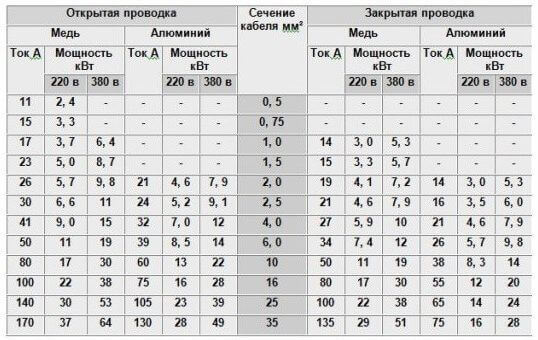
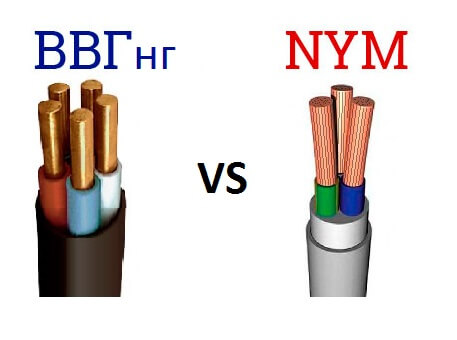

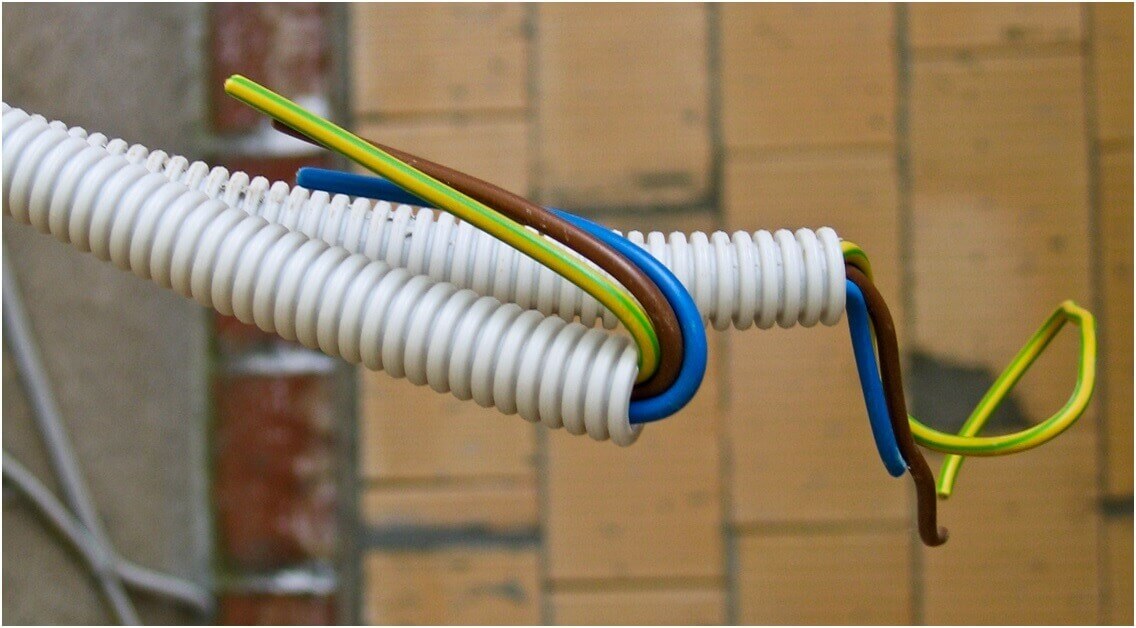
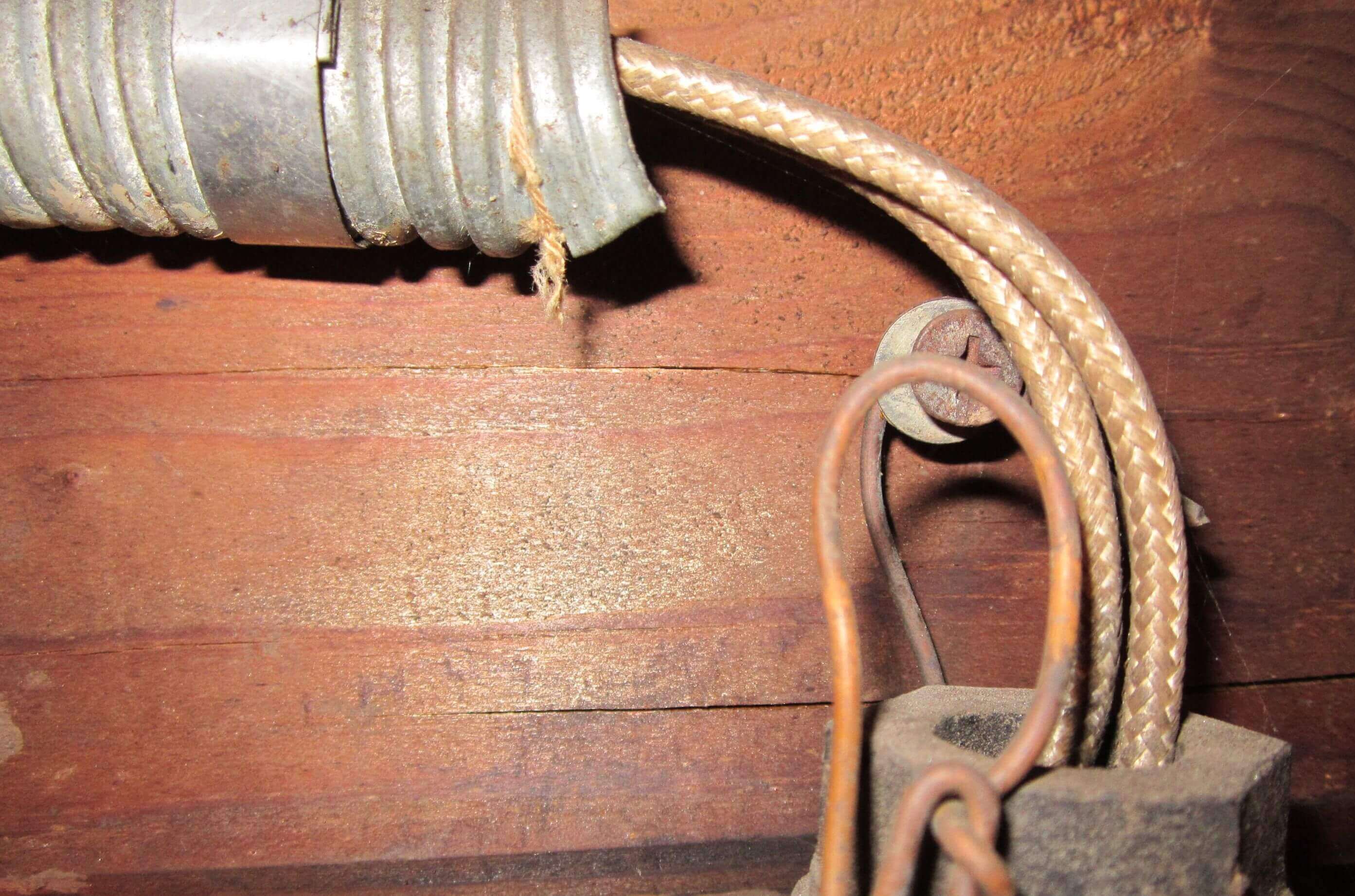


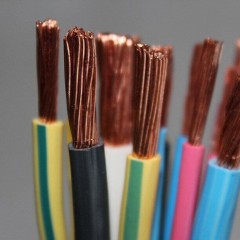
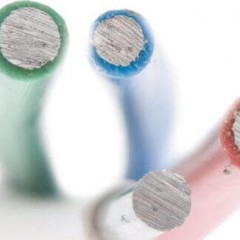
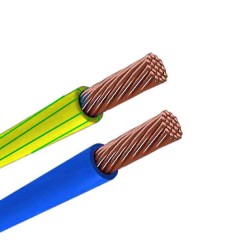

Good afternoon!
I'm interested in the question, what brand of cable is used to illuminate the battery room